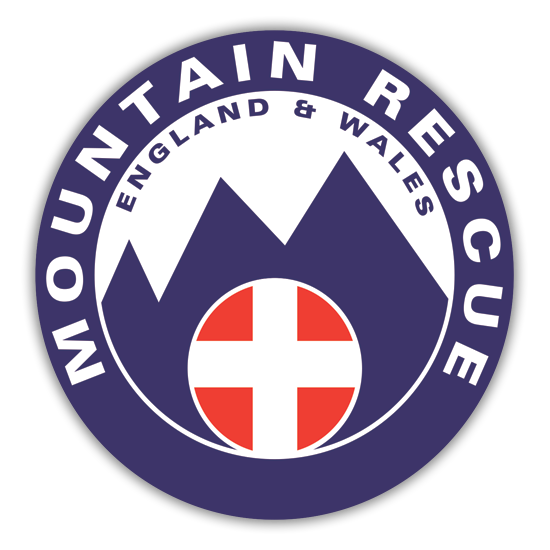Stay safe in winter…
… with these navigation tips from ‘ultimate navigator’ Lyle Brotherton
As gusty winds from the east and dusting of snow changed the late autumn landscape over higher ground in many areas across Britain this week, we thought it timely to talk about winter navigation. And who better to do that than Lyle Brotherton, author of the Ultimate Navigation Manual and co-founder of the Ultimate Navigation School…
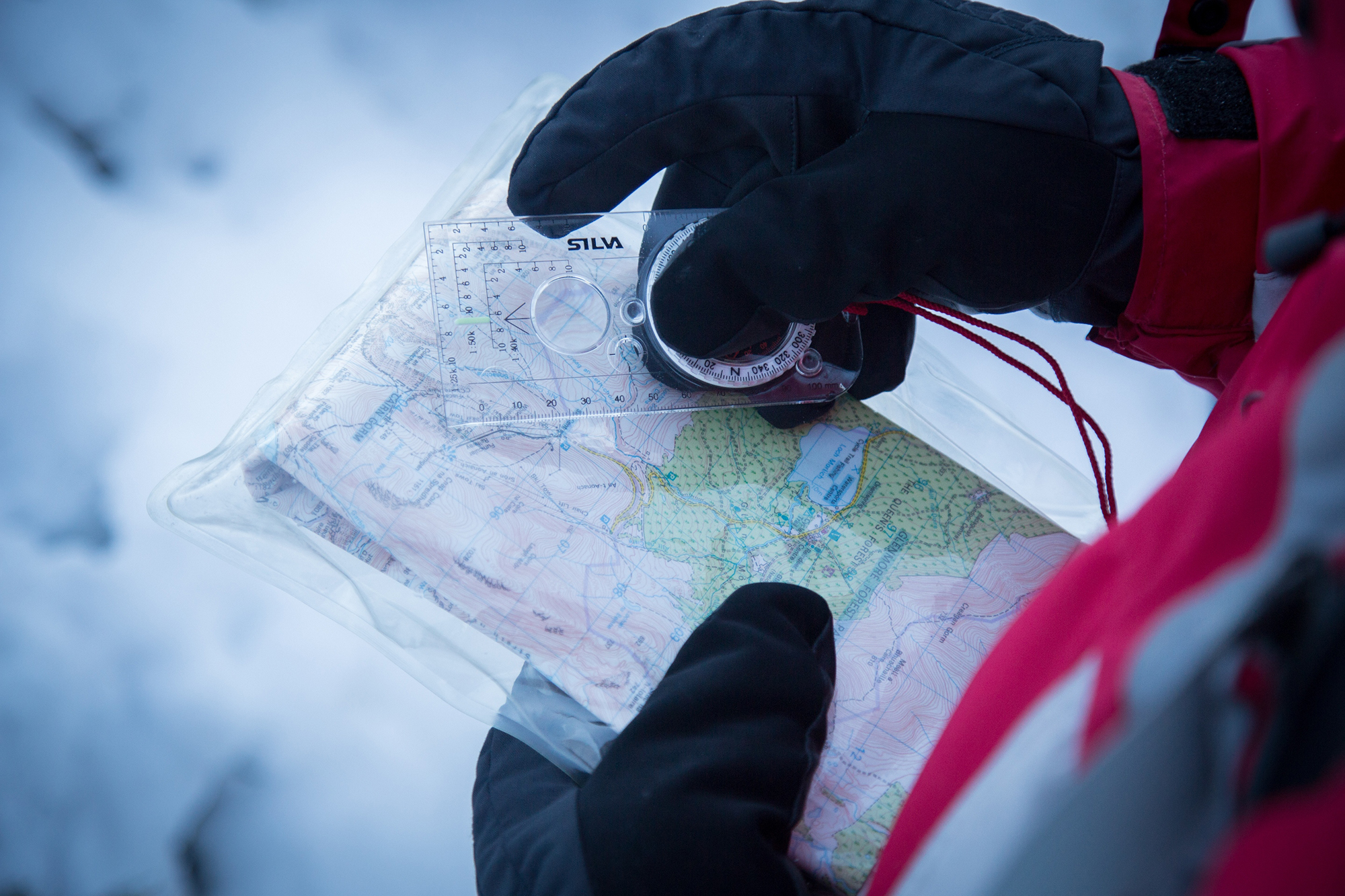
Navigating in winter involves several challenges that you don’t usually have to worry about at other times of the year. Some are obvious, others less so. Being aware of the changes you’ll have to make to your navigation strategy before heading out into the hills will make it far easier when you get there.
Variable visibility
Our eyes are our most important navigational tool. Of course, even with fully functioning peepers, fog, low cloud and blizzards can all reduce visibility to a matter of a few metres. You’ll need to compensate for this with strong navigation skills, such as taking bearings, timing and pacing, possibly augmented with the use of a GPS device. On the other side of the coin, cold, crisp winter’s days can offer outstanding visibility. The lack of dust or pollen reduces haze and, like the song says, on a clear day you can see forever. Okay, maybe not forever, but certainly for a long way. That said, things can change quickly in the hills, so always be prepared to change your tactics.
Care with bearings
If using visible landmarks isn’t an option, you need to be able to fall back on micro- navigation techniques. The ability to take a bearing is essential, but even this has its difficulties in the winter. An object you’re sighting to help you walk on your bearing might be crystal-clear at the moment, but can you be sure it will stay that way until you reach it? It’s probably safer to break your journey down into smaller legs, using as reference points nearer objects that are less likely to be obscured by a change in the weather.
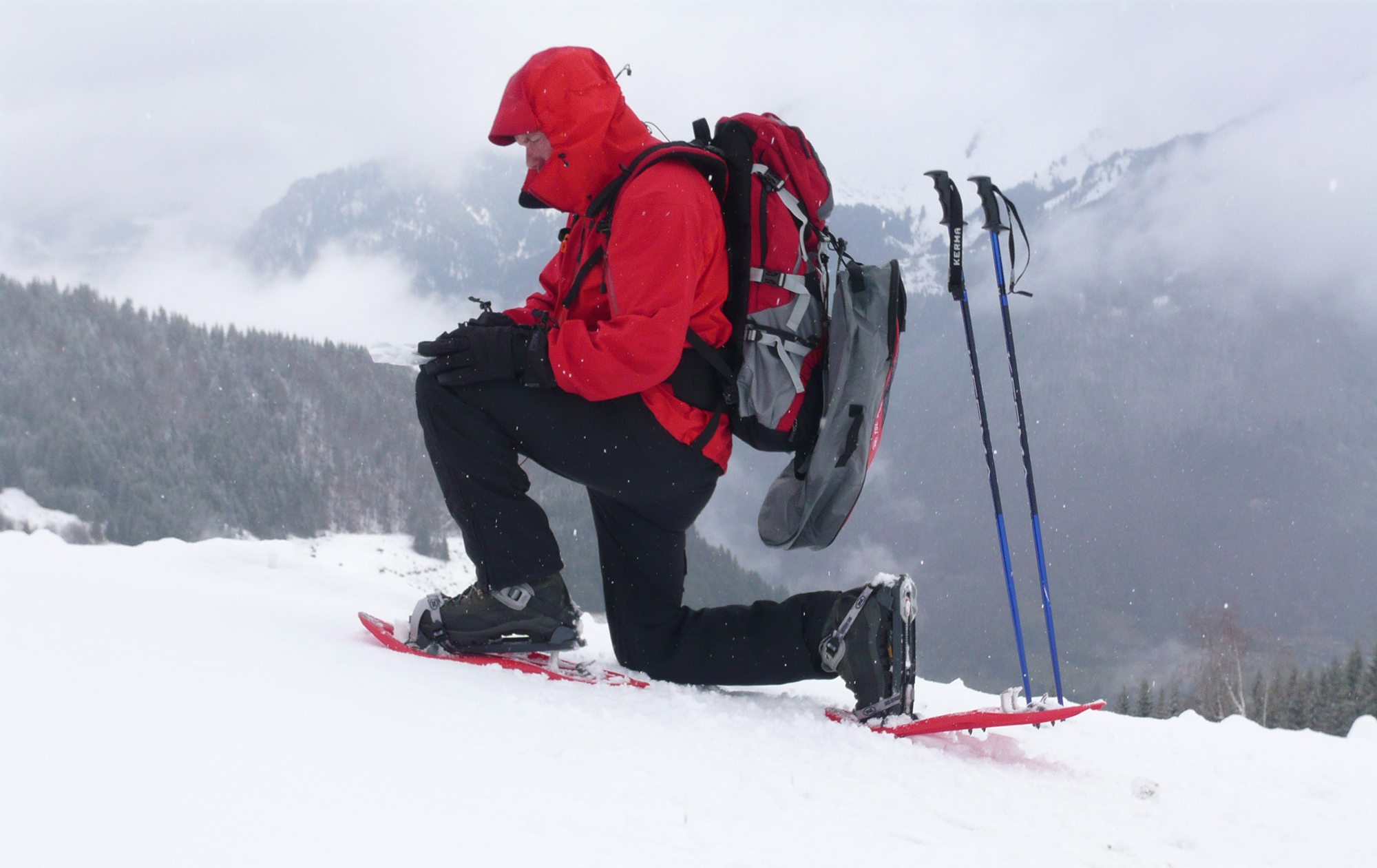
Compass quirks
Compasses work through magnetism, but did you also know that because of this their accuracy can be affected by metal objects? In winter, we’ll quite often be carrying far more metal in the form of ice axes and crampons. When taking a bearing, try to keep your compass well away from these items, either by holding it away from you or by dropping your pack to take a reading. Small bubbles in the capsule housing of your compass aren’t usually a problem, but in cold weather they can expand and may interfere with the needle rotating correctly. They are caused by microscopic cracks in the acrylic, through which air is drawn in when the liquid contracts in the cold. Keep your compass on you so it’s warmed by your body heat. And if your compass has bubbles in the fluid, consider replacing it for cold weather navigation.
Know timing and pacing
If the landscape is devoid of features or they are already hidden by the clag, you’ll need to use timing (knowing how long it will take you to cover a set distance) and pacing (knowing how many steps it will take you to cover a set distance) to determine when you’ve arrived at your goal. But in deep snow or strong winds your stride may be drastically affected, and it could take you much longer to get there than you think. For this reason, it’s worth testing your pace count and timings in different conditions and making a note of them, so that if you need to use these techniques on the hill, you’re using figures relevant to the conditions.
Look after electrical items of kit
Headtorches, GPS devices and mobile phones all rely on batteries, but battery life is reduced the colder it gets. With some batteries this can be dramatic. For example, disposable alkaline batteries lose half their power by going from room temperature to just 0°C. Nickel metal hydride (NiMH) batteries are better, although they still have some loss of power down to -10°C. By far the best and most sensible option is lithium ion (Li-ion) batteries – both the disposable and rechargeable types – which are functional down to -40°C. Where possible, carry essential electronic devices such as your mobile phone or GPS in an inside pocket to keep it warm and maximise battery efficiency.
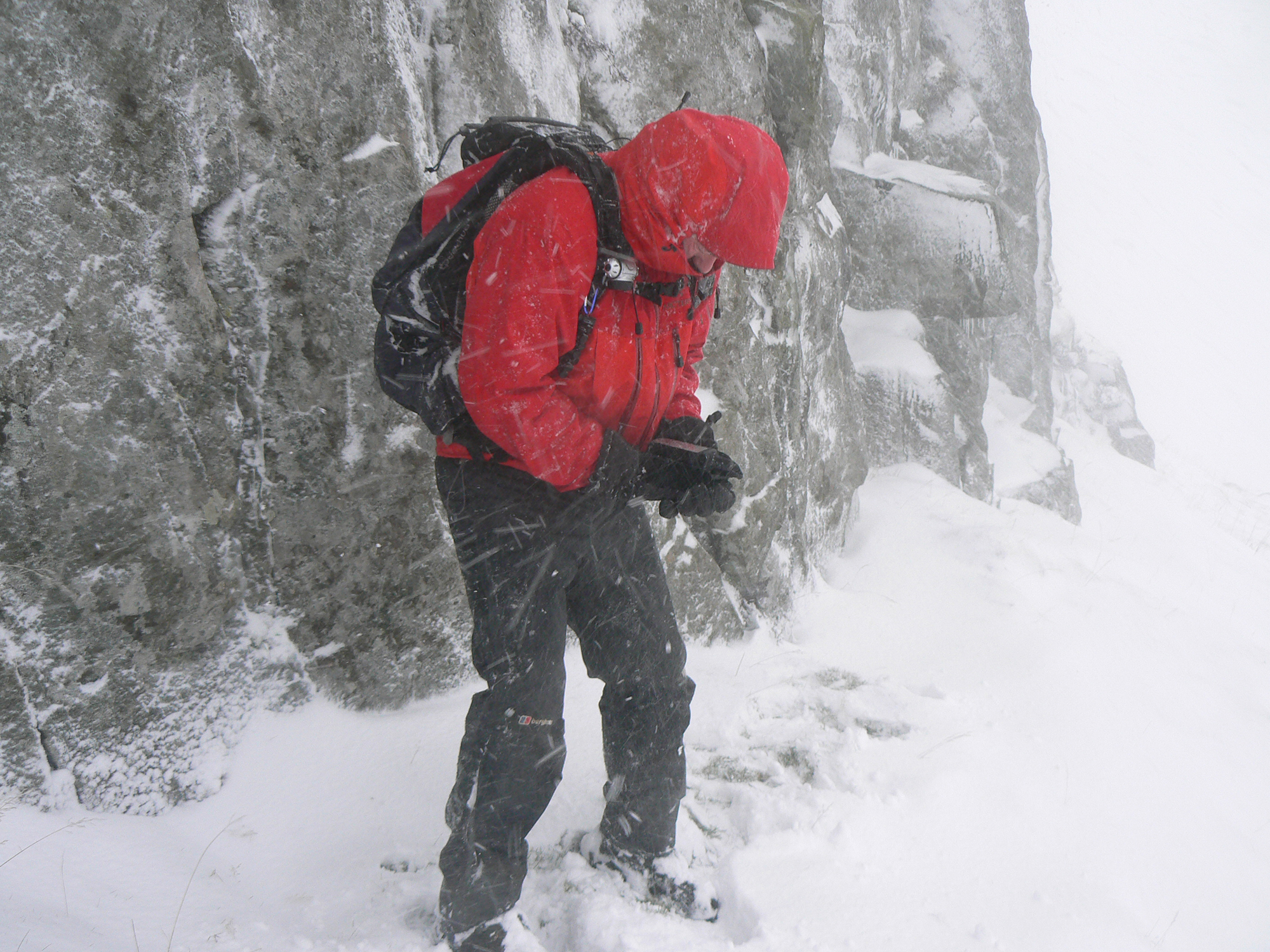
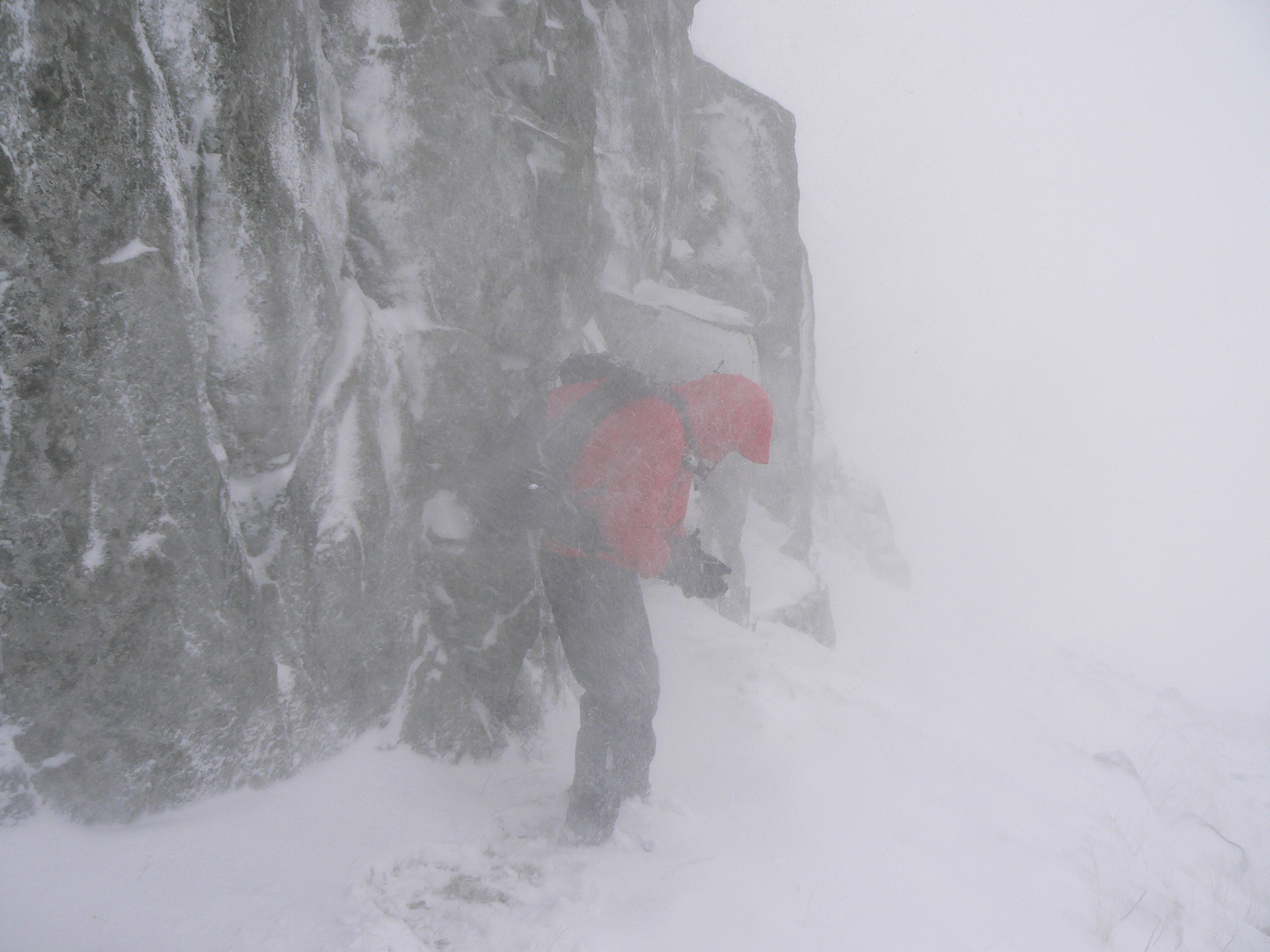
Plan ahead
Think about where you may be likely to need to take bearings, work them out in advance and draw them on the map. Stopping to work out a bearing when it’s freezing cold and blowing a gale is likely to result in you rushing the process and increase the probability of mistakes occurring. Also look out for potential shelter and suitable break stops, so you have a plan if the weather gets really bad at any point. An oft-quoted safety tip is that it’s wise to leave a route plan with someone when you head into the mountains. However, in good weather it’s often something we forget or simply do not bother to do. In winter, it is an imperative. Be sure also to make your plan flexible enough to adapt to changes in prevailing conditions and the fitness of the group.
Obstacles
As well as hiding features, winter weather can create obstacles of its own. Before heading out into the mountains, use the map and weather reports to work out areas that might be corniced (carrying overhanging snow) or avalanche-prone – and plan your route to avoid them. Crevasses and gullies can also be hidden by snow. Use a map to identify potential hidden hazards and know where they are in relation to you on the hill.
Landscape features
Paths aren’t the only things that can be obscured by snow. Frozen rivers and lakes, gullies and even fence lines can disappear if conditions are bad enough. In heavy rain or after a snow thaw, small streams can become raging torrents, and you might have to adjust your route accordingly.
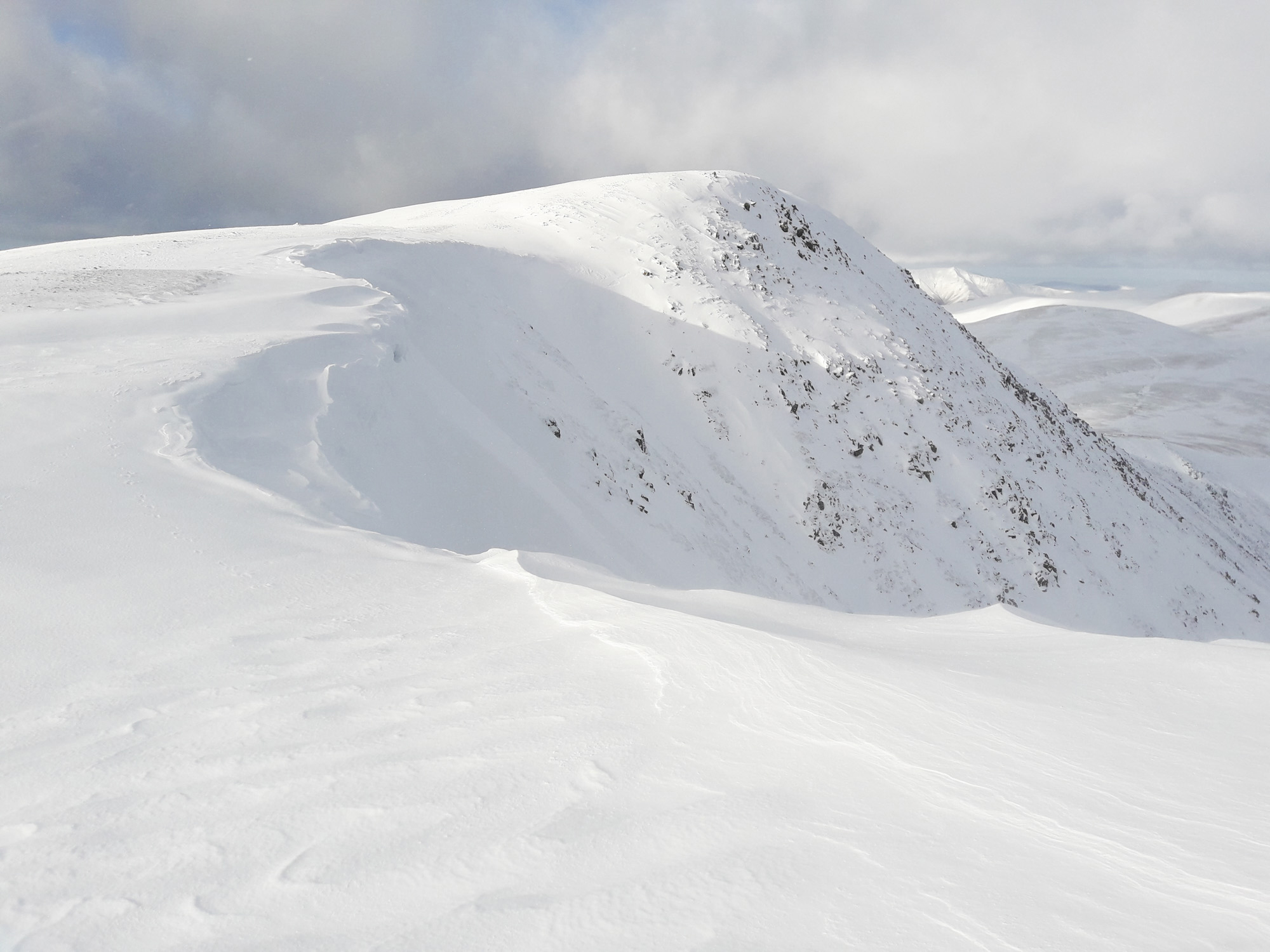
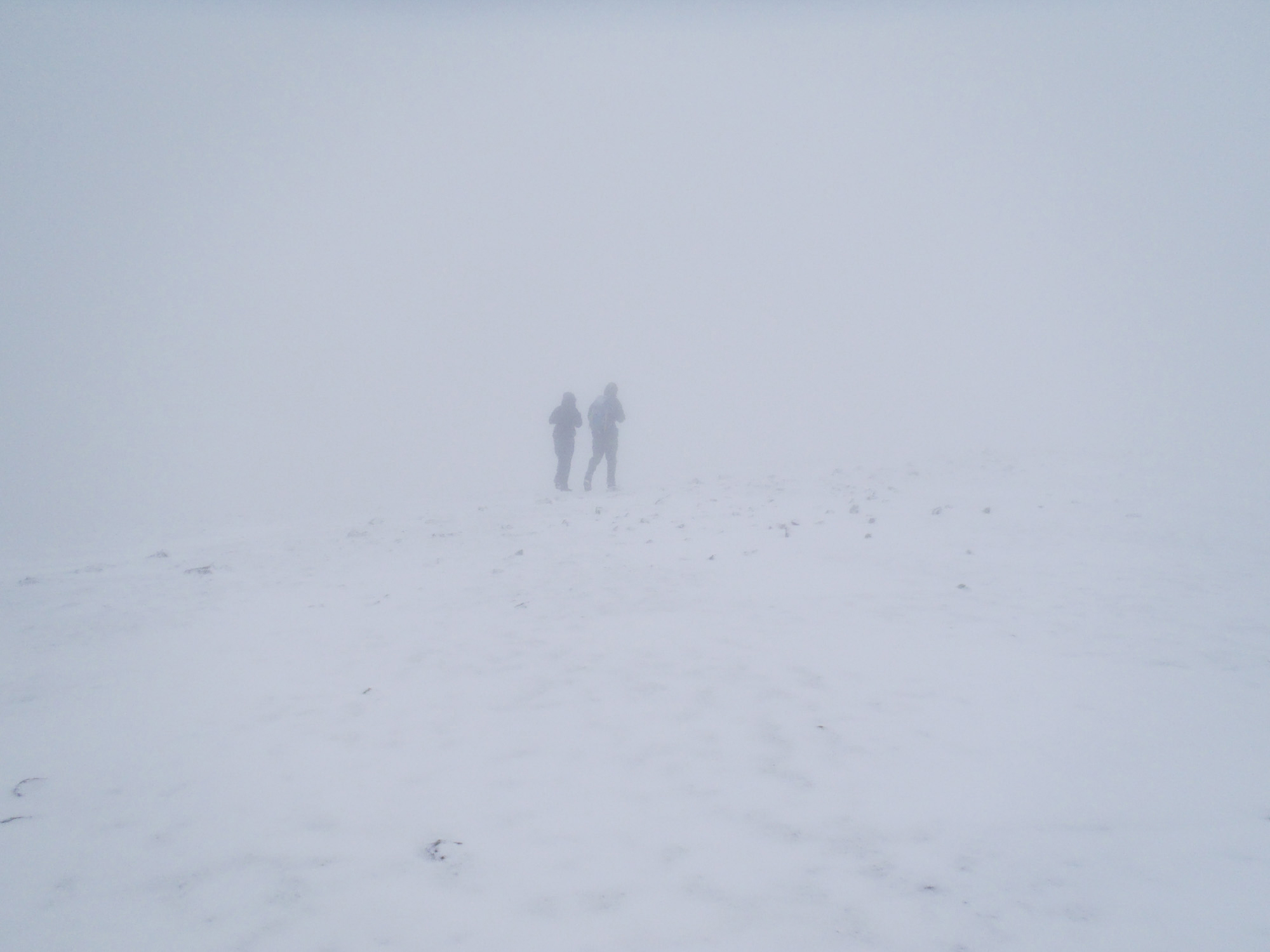
Paths
Most of us use paths as part of our navigation. Because many are clearly marked on maps, even if we’re not following them directly, we’ll often use them as a landscape marker to work out where we are and how to get where we want to go. Snow doesn’t care about paths. A heavy fall will obliterate them, leaving a completely track-free landscape so, don’t rely on being able to follow or spot paths on the ground in winter.
Contours
Winter conditions can actually make using the shape of the land to navigate a little easier. Thick snow can hide distracting lumps and bumps on the ground that are too small to be shown on a map but large enough to confuse the landscape. The low winter sun also creates stronger shadows and gives the land greater relief, making the job of identifying map contours on the hill a simpler process.
Expert Tips
- Many walkers get caught out by short daylight hours and tough conditions underfoot in winter so carry extra headtorch batteries.
- To reach your final destination you will navigate in ‘legs’. Each leg starts from a known point and leads to an identifiable point on the map. In winter keep these legs short and always be prepared to backtrack.
• Postscript: Formed by the movement of wind over a ridge or crag edge, cornices can overhang by several metres and they are intrinsically unstable. In poor visibility, you may not be aware a cornice is there, much less recognise where it might fracture, so careful navigation and orientation is important. And if you think mountain accidents related to cornices and avalanches don’t happen here, in England and Wales, you’d be wrong. In December 2010, Patterdale team members were called to an incident involving a walker who lost his life to serious head injuries and hypothermia when he fell through a cornice near the summit of Helvellyn. So beware those snow cornices – they can indeed be fatal.
